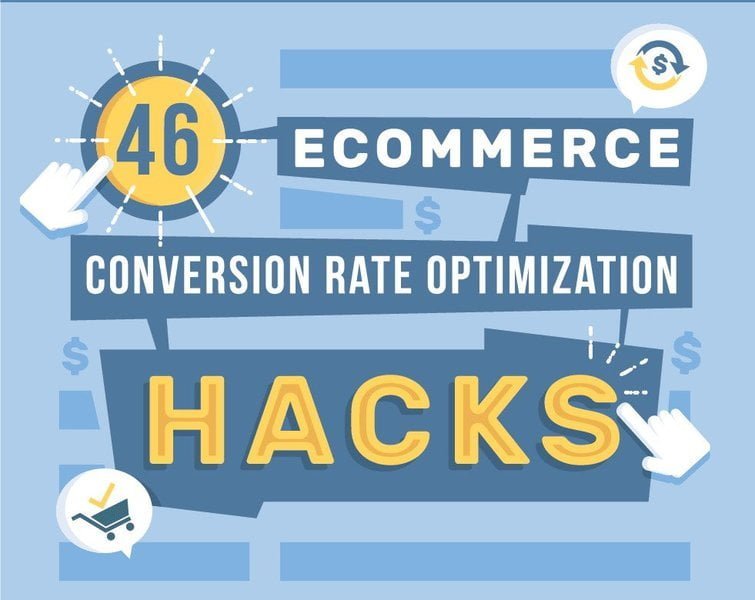Photo by Sean Pollock on Unsplash
In 2023, one of the keys to success for any business is an aesthetic, functional website. In addition to having product listings, a website needs to catch customers’ attention, provide educational content about the brand, and include well-defined analytics that accurately tracks customer data as they navigate through the site. In this article by Szoupi, we’ll explore the best strategies entrepreneurs should adopt to create a website with business growth in mind.
1. Purchase a Unique Domain Name
A domain name serves as a unique identifier for your website, as it will be the URL all customers will use to reach your business. Hence, choosing a good domain name will be the initial step toward creating a great website.
The best domain names are short and easy to remember — take, for example, Hubspot.com or Google.com. Additionally, you’ll need to decide on the desired suffix of the URL. The most common option is .com. However, recently, custom suffixes such as .nyc, .to, etc. have become popular.
2. Follow Sound SEO Practices
Search engine optimization, commonly known as SEO, involves optimizing your website content in a way that it appears higher in search engine result pages (SERPs). For instance, if your website has good SEO it’ll rank on the first page of google and can drive hundreds or thousands of visitors daily to your website. Web Pages ranked beyond the second page of search results (especially Google) receive significantly fewer views, as reported by Shift4Shop.
Here are a few tried and tested SEO strategies for you to follow:
Research keywords relevant to your brand and products with high search volumes and include them on your product pages.
Create a blog on your website and publish content based on high-ranking keywords found in your research. When done right you could have multiple blog pages with high SERP ranking, helping the business to outperform competitors, according to EO Chicago.
Include your keyword in meta descriptions, alt text for images, page titles, and subsequent headings.
3. Utilize Business Process Management (BPM) Tool
Business process management involves analyzing the performance of various processes of the business to identify inefficiencies and provide solutions for overcoming them. The first step in the process will be to integrate a BPM tool with all software used in the business, especially those linked to your websites, such as customer relationship management (CRM) software, analytics software, and more. Additionally, it also integrates your Enterprise Resource Planning (ERP) system with the CRM, providing employees with in-depth insights relating to customer profiles and their journey through the sales funnel.
Leveraging the power of AI, the BPM tool will find bottlenecks across organizational processes and suggest relevant solutions. Moreover, as the tool reviews processes in real-time it allows you to track the effectiveness of solutions. A BPM tool will ensure that all website-related activities, such as storing customer data in CRMs, uploading content to the CMS, and more, are completed at the highest level of efficiency.
Here is a great resource to help you learn more if you’re considering BPM.
4. Implement a Process Mining Tool
A process mining tool also utilizes artificial intelligence and machine learning, but in a very different way. As the name suggests, a process mining tool maps your processes and includes the names of stakeholders and task deadlines, providing a holistic understanding of all projects related to your website. This includes – blog publishing, security updates, functionality changes, and more. What’s great is that the tool represents its analysis in the form of workflows that can easily be understood by all stakeholders.
Having workflows makes it easy for managers to identify areas of underperformance and take prompt action. Making informed decisions based on these workflows will help you consistently make the website better, improving customer experience, raking in higher traffic, and experiencing business growth.
It’s always better to create a business website with growth in mind than trying to play catch-up. By implementing a BPM system in conjunction with a process mining tool, you’ll stay on top of all website-related activities and maximize its performance. Additionally, following sound SEO practices will lead to steady growth of traffic, which is bound to have a positive impact on registrations and sales.





